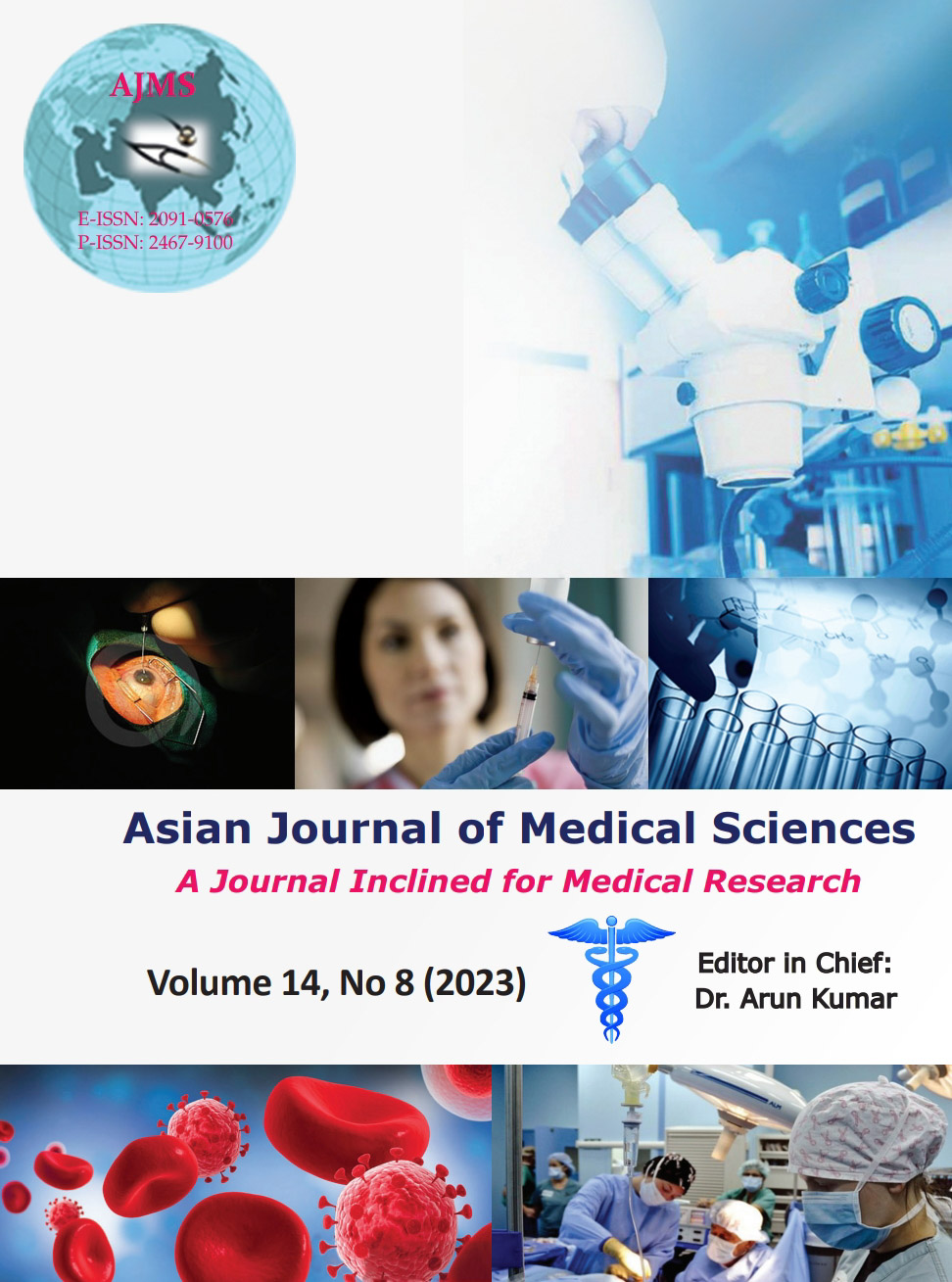A study of clinico-mycological profile and treatment of primary otomycosis
Keywords:
Otomycosis; Aspergillus; Candida; Clotrimazole; ItraconazoleAbstract
Background: Otomycosis is a superficial mycotic infection of the external auditory canal. Clinical presentation, along with otoscopic findings, is sufficient to make the diagnosis in most of the cases. Treatment includes aural cleaning followed by the instillation of anti-fungal ear drops. In the recent years, there has been an increasing trend of antifungal resistance for the commonly used antifungals such as fluconazole and clotrimazole. Drug sensitivity patterns have also shown variability from one region to another.
Aims and Objectives: To evaluate the clinico-mycological profile along with antifungal susceptibility pattern and treatment outcome of primary otomycosis.
Materials and Methods: A total of 230 clinically diagnosed patients of primary otomycosis were included in this prospective study. Microbiological causes were evaluated by KOH wet mount and culture of samples collected from external auditory meatus using sterile swabs. Fungal culture was done on Sabouraud dextrose agar with chloramphenicol at 25°C and 37°C. Anti-fungal susceptibility test was done by disk diffusion method using medium Muller-Hilton agar with glucose and methylene blue. All the patients were treated with the removal of fungal debris with topical clotrimazole instillation and were followed up after 7 days. Non-responders were treated with topical itraconazole.
Results: Male-to-female ratio in study participants was 1:1.3. The most frequently observed risk factor was the instillation of oil in the ear (20%). Ear itching was the commonest symptom (70.9%). Positive fungal growth was seen in 203 (88.3%) cases. Aspergillus was present in 185 (91.1%) cases, followed by Candida in 18 (8.9%) cases. Voriconazole had the highest sensitivity followed by itraconazole. 167 (83.3%) patients responded to primary treatment (topical Clotrimazole), 36 (16.7%) patients were non-responders.
Conclusion: All the clinically suspected patients should be evaluated for fungal positivity, which may further guide in the selection of appropriate anti-fungal agents. Awareness regarding the predisposing factors for otomycosis in the general population may result in a significant drop in the incidence of otomycosis.
Downloads
Downloads
Published
How to Cite
Issue
Section
License
Copyright (c) 2023 Asian Journal of Medical Sciences

This work is licensed under a Creative Commons Attribution-NonCommercial 4.0 International License.
Authors who publish with this journal agree to the following terms:
- The journal holds copyright and publishes the work under a Creative Commons CC-BY-NC license that permits use, distribution and reprduction in any medium, provided the original work is properly cited and is not used for commercial purposes. The journal should be recognised as the original publisher of this work.
- Authors are able to enter into separate, additional contractual arrangements for the non-exclusive distribution of the journal's published version of the work (e.g., post it to an institutional repository or publish it in a book), with an acknowledgement of its initial publication in this journal.
- Authors are permitted and encouraged to post their work online (e.g., in institutional repositories or on their website) prior to and during the submission process, as it can lead to productive exchanges, as well as earlier and greater citation of published work (See The Effect of Open Access).




